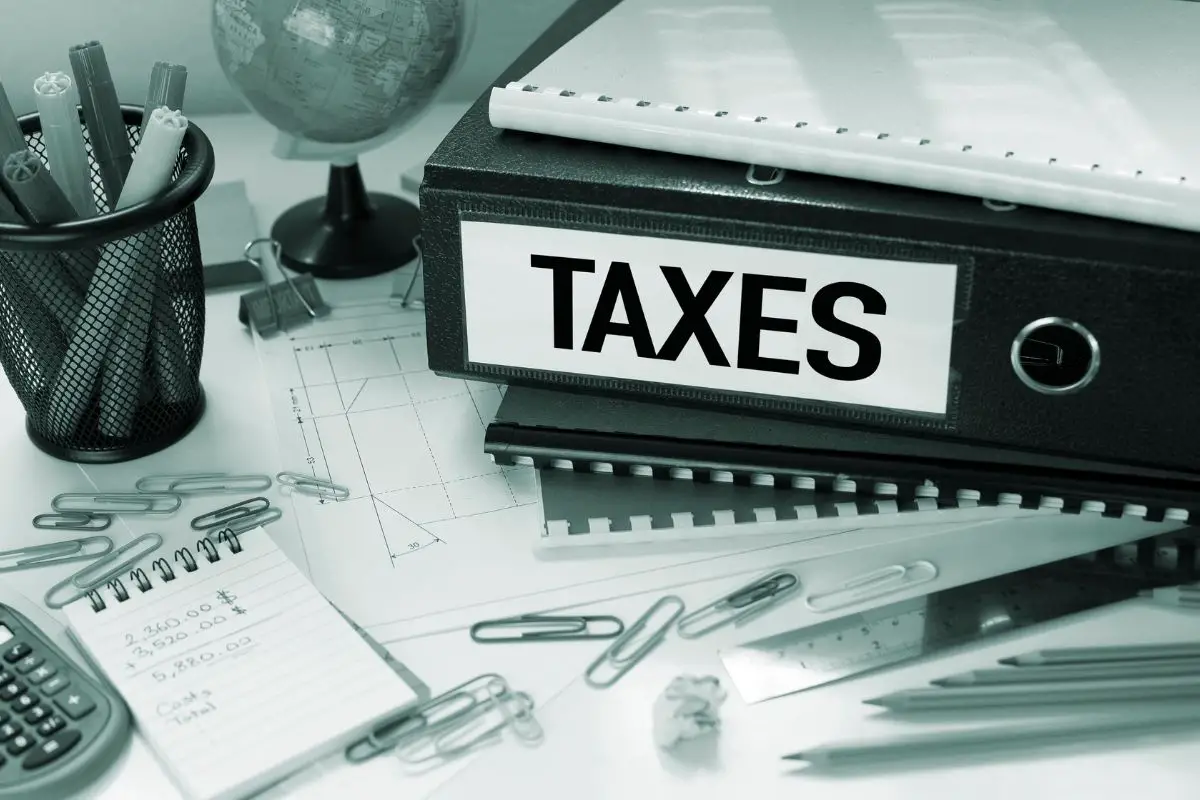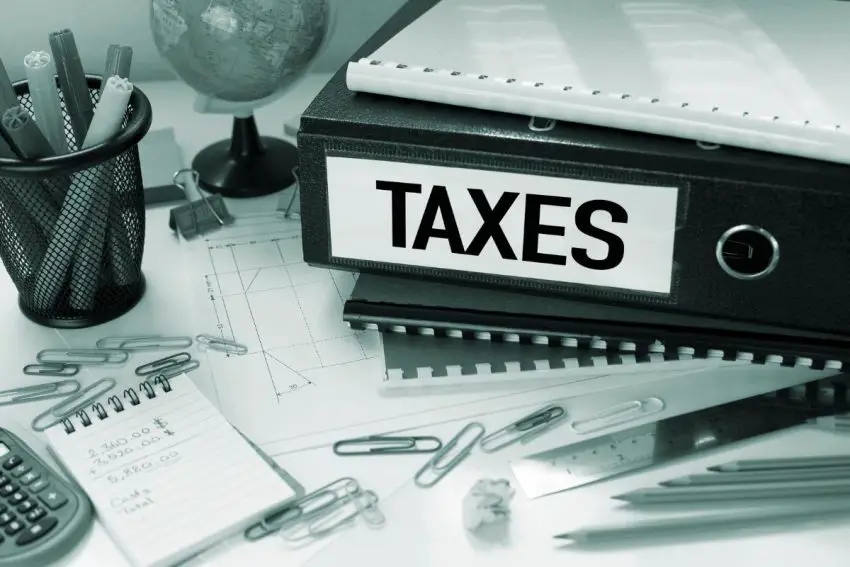For anyone who is working or operating in the stock market, dividends can often be a vital part of the distribution of your and your shareholder’s profits.

When your company is doing well enough that you are running a surplus or earning a healthy profit, then that is the time for you and your shareholders to cash in with their dividends.
But what happens to the money that isn’t given out to shareholders as part of their share of the profits?
Well, more often than not, any dividend that is not taken by the shareholders is reinvested back into the company. Unsurprisingly, this is what is known as a ‘reinvested dividend’, somewhat unimaginatively.
They are often vital to a company’s continued growth and prosperity, so they are often considered a vital touchpoint when businesses reach this stage.
However, if the money is essentially becoming a part of the company’s finances for reinvesting, does this mean that reinvested dividends have to be taxed as a part of the company?
Well, this article hopes to answer that somewhat confusing question.
In this guide, we are going to answer the question of if these reinvestments need to be included in a company’s taxes, as well as cover how exactly they are taxed when they are.
Contents
Do You Need To Pay Taxes On Your Reinvested Dividends?
Before we go any further, we should probably answer the main question that we asked in the introduction of this piece: Do you need to pay taxes on any reinvested dividends?
The shorter answer to this question is ‘yes’.
The longer answer is that reinvested dividends, also known as Dividend Reinvestment Plans (or DRIPs) are earned through stocks or through mutual funds that a company or individual has been treated in the same way that a normal cash dividend would be given out, and are supposed to be taxed in the same year that the dividend was paid out initially.
This has led to a widespread mistake by new investors that, because cash dividends aren’t normally taxed, that dividends in shares aren’t either.
It is important to dispel this notion, as it could lead you to owe large amounts of money in tax to both the federal and state government bodies.
How Your Reinvested Dividends Are Taxed
So, you now know that reinvestment dividends do have to pay taxes on those reinvestments. However, if they aren’t necessarily a part of an organization’s main income rate, how exactly are they taxed?
Well, if you do earn dividends in a financial year, you will first have to establish whether or not the dividend that you have is either an ordinary or a qualified dividend.
An ordinary dividend, for example, is taxed at the ordinary level that income taxes of the bracket would be.
A qualified dividend, on the other hand, will more often than not be given out by larger corporations, such as companies like Johnson & Johnson.
These qualified dividends are usually taxed at the same rate that profits on shares sold are, otherwise known as a long-term capital gain.
Interestingly enough, this distinction did not exist before 2003, the same year that the tax cut law was implemented across the states.

Qualifiers For Qualified Dividends
Generally speaking, there are a few qualifiers that a ‘qualified’ dividend must first meet before being able to classify their dividend as such:
- The person receiving the dividend must have owned the stock for an official long enough period. Usually, this amount of time ranges from 60 to 90 days, depending on the type of stock.
- That dividend must be either based in the U.S., or a corporation based in a foreign country that still gains benefits from the U.S. either due to tax treaties or for some other specified reason.
- The dividend must have been paid after 2002 December 31st.
The maximum amount of tax that you will have to pay on a qualified dividend is 20% of the earnings made from it, which is lower than the average rate that you would have to pay if you were given an ordinary dividend.
However, interestingly, if the company that gave you the dividends allowed you to purchase the shares that went into the dividends at a below-market value, then the difference between the fair market value and the purchase price will be at the ordinary income tax rate.
Other Factors
So, we have covered the basic information that you will need to understand reinvestment dividend taxes.
However, there are a few factors that can affect the general amount of tax that you will owe with a dividend.
The main two factors are Your general income range and your marital status.
Tax Range
Generally speaking, our taxes as a whole should reflect how much you are earning from all your sources of income. The same is true for dividends.
For example, if you are earning over $38,600, then the capital gains tax rate that you will have to pay sits around 15%.
The only reason that it may be higher than this, is if you are earning above the top 15% threshold, which is when a filer is earning over $425,800.
Those with long-term capital gains under $38,600 don’t have to pay any amount of tax on their dividend.
Marital Status
Generally speaking, being part of a household also means that the threshold at which you start paying taxes is also higher.
For example, a household where the tax filing is done jointly between a married couple will only have to start paying dividends tax rates if they are earning above $77,200.
Similarly, earnings over $479,000 are expected to pay the top 20% rate.
Final Thoughts
As you can see, dividend reinvestment and taxes can be a little confusing. But hopefully, this article has helped clear things up for you.





